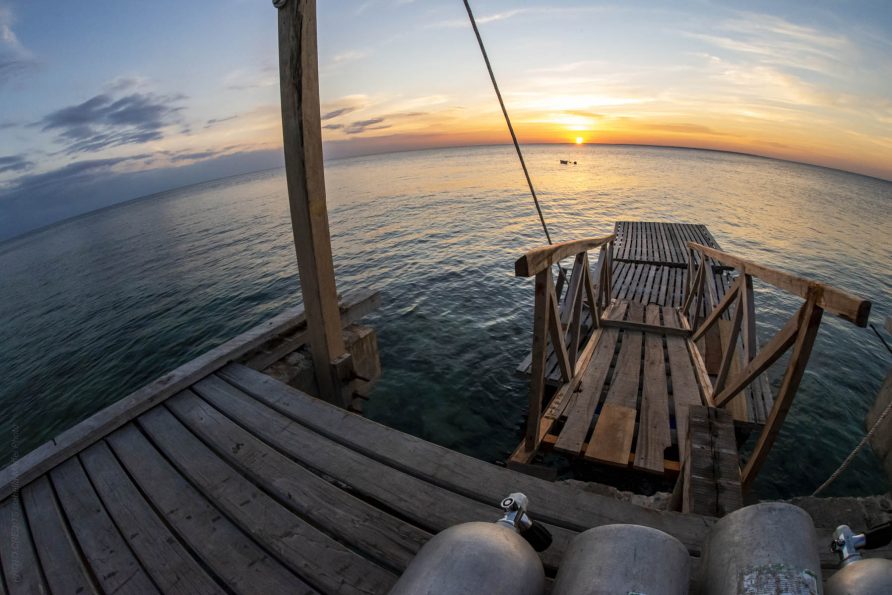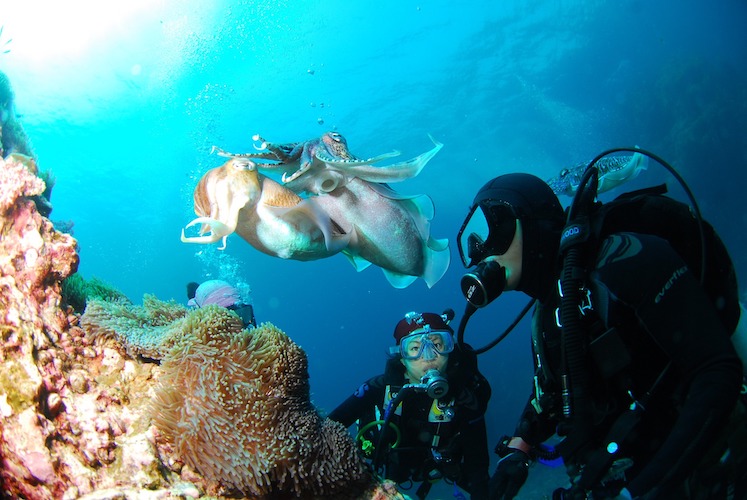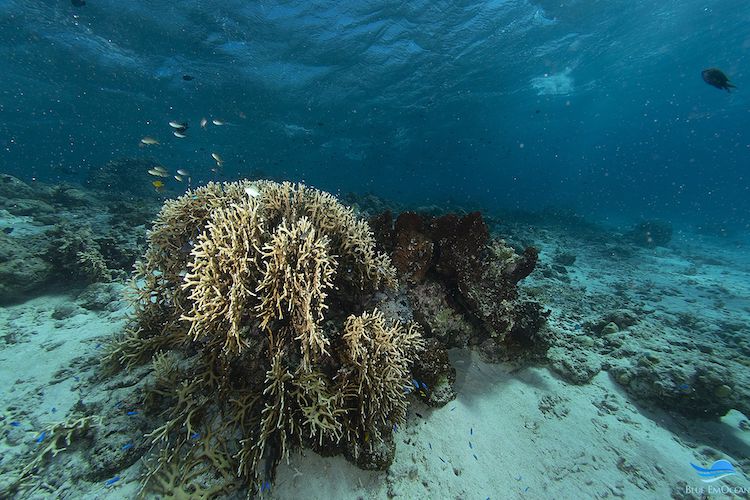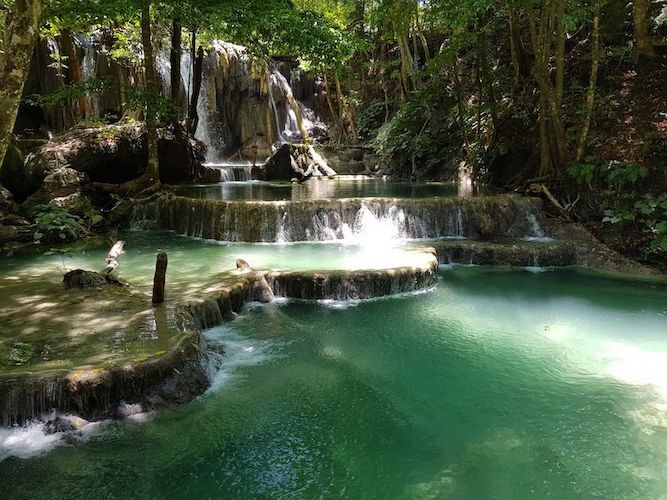Indonesia indeed offers one of the best (probably the best) diving in the world. Scuba diving needs a lot of logistics, material, equipment in order to be conducted in a safe and fun way. The support of a reliable facility is crucial for the success of a dive trip. Here is a shortlist of some dive resorts in Indonesia that have all the credentials to make your dive holiday unforgettable, both above and below the water.
WAKATOBI DIVE RESORT
Wakatobi is a relatively small archipelago located in Southeast Sulawesi. It was declared National Park in 1996, and a few years after that, the Wakatobi Dive Resort was built. Wakatobi Dive Resort is definitely one of the first facilities that comes to mind when thinking about Dive Resorts in Indonesia. An upscale resort that offers literally everything a demanding diver aims to. From dedicated rooms with specific facilities for underwater photographers, some of the best dive spots in the world, among the most experienced dive guides of the industry. They even offer a private airstrip for the resort’ s guests. Definitely the flagship of the dive resorts in Indonesia.
https://www.wakatobi.com/

CORAL EYE
It is impossible not to mention this property when talking about dive resorts in Indonesia. Coral Eye is located on Bangka Island, North Sulawesi. It was originally built as an outpost for marine researchers and slowly became a resort with a familiar atmosphere that now hosts travellers, underwater photographers, marine biologists and tourists from all over the world. Beyond the amazing dive spots and the huge variety of marine life available, Coral Eye offers the chance of meeting famous marine biologists that randomly visit the place and use the facilities of their laboratory. One simple and affordable solution to choose when planning to visit one of the many dive resorts in Indonesia. w.coral-eye.com/

MOYO ISLAND BEACH RESORT
Definitely the rising star in the scene of the dive resorts in Indonesia. It’ s Located on Moyo Island, Sumbawa in the middle of the Flores Sea. The location is still unknown to the majority of tourists yet offers among the best dive spots of the whole Indonesia. Not to mention the beauty of the island itself: monkeys, deers, parrots,butterflies, pristine jungle, flowers, waterfalls.. Moyo has it all and Moyo Island Beach Resort is among the very few dive resorts in Indonesia to offer such a variety of beauty both above and under the sea. This hidden gem is only visited by a handful of divers a year, a place where you can still be the first to dive some of the newest spots. Some divers have even had the chance to name some of the dive spots. Dive resorts in Indonesia at its best!
https://moyoislandresort.com/

KALIMAYA DIVE RESORT
Brand new and located in an isolated location. In the middle between the critters of their house reef and the pelagics of Komodo. Kalimaya sits on the west coast of Sumbawa island. The resort is small and beautifully integrated in the surroundings. Offers beautiful rooms, good food served at the resort restaurant and easy access to amazing dive spots, including the famous “The Shotgun” inside the Komodo National Park. When searching for dive resort in Indonesia, Kalimaya must be on top of the list as one of the few places that allows to kill two birds with one stone: an easy shore dive discovering rare critters just in front of the resort, and a full day our on a powerful speedboat to explore the amazing coral reef of the well known Komodo National Park. https://kalimayadiveresort.com/

















